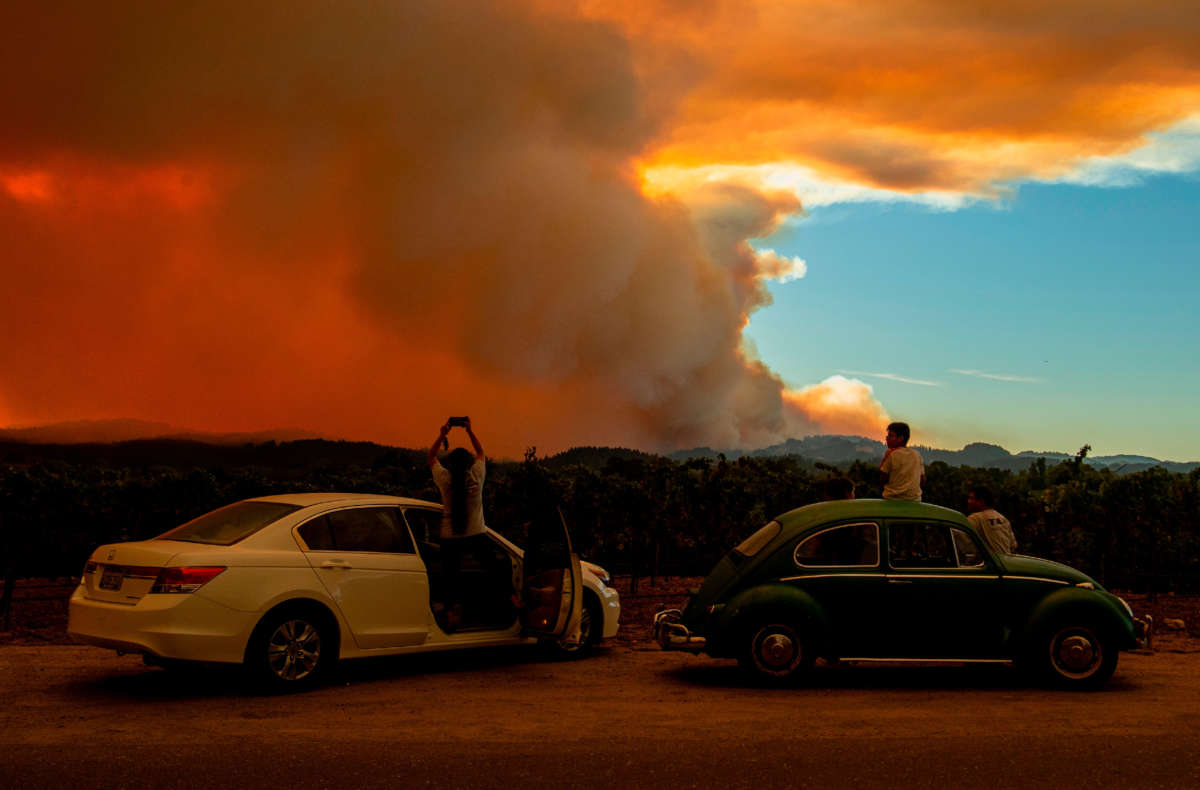2020 tied with 2016 for the hottest year on record, signaling a dangerous trend in the ongoing climate crisis, the National Aeronautics and Space Administration (NASA) announced on Thursday.
The year’s global temperature average very narrowly exceeded that of 2016, but not by a statistically significant amount, according to NASA. The average temperature was 1.02 degrees Celsius above the baseline mean and represents an alarming amount of warming, according to experts.
Stay in the loop
Never miss the news and analysis you care about.
Other organizations have also reported similar results for 2020’s average temperature. The National Oceanic and Atmospheric Administration (NOAA), Berkeley Earth and the U.K. Met Office found that 2020 was just narrowly behind 2016, and the European Union also found the years to be tied. But, as climate journalist and meteorologist Eric Holthaus pointed out in a Twitter thread, “The continuing long-term trend of catastrophic warming is what scientists are most concerned about. Not whether this year is a fraction of a degree above or below another year. That trend is due to human activity.”
Several important things to note here.
The most important: The continuing long-term trend of catastrophic warming is what scientists are most concerned about. Not whether this year is a fraction of a degree above or below another year.
That trend is due to human activity. pic.twitter.com/C7m2szYWXF
— Eric Holthaus (@EricHolthaus) January 14, 2021
The seven hottest years on record have now all occurred since 2014. The top 10 hottest years have occurred since 2005. Despite being a record-setting year, 2020 will also be “likely the coolest year we’re going to have for hundreds of years, at least on a 10-year running average,” as climate scientist Peter Kalmus noted on Twitter.
Part of what is alarming about this data is that 2020 was expected to be a cooler year. 2016 was an El Niño year, which is typically warmer. 2020, however, was a La Niña year, which typically sees a cooling effect. This means that the intensity of the greenhouse effect has surpassed the cooling effect of La Niña.
A new report from NOAA found 22 weather and climate-related events in 2020 with losses exceeding $1 billion, shattering the previous record of 16 events in 2011 and 2017 — the latter of which saw three enormous hurricanes: Harvey, Irma and Maria. In 2020, NOAA shows, there were seven hurricanes exceeding losses of $1 billion.
Over the summer, the numerous wildfires along the West coast in 2020 amounted to the worst fire season on record. Climate scientist Daniel Swain told The New York Times, “We’ve broken almost every record there is to break” in California. Dozens died, and the fires ended up costing $16 billion — in what could be considered a single weather event.
Globally, the beginning of 2020 fell in the middle of a devastating bushfire season in Australia: Between 2019 and 2020, the fires burned for 240 days straight and burned over 27 million acres in one of the worst fire seasons on record for the country.
The Washington Post reports that trends implied by 2020’s average temperature indicate that the average temperature could breach 1.5 degrees of warming later this decade — a critical threshold that the World Meteorological Organization predicted earlier last year could be breached by 2024.
Many countries have pushed for global climate goals to limit warming to 1.5 degrees or lower, which appears increasingly unlikely. For some lower-lying island countries, it is a matter of whether or not they will be swallowed by the ocean.
Media that fights fascism
Truthout is funded almost entirely by readers — that’s why we can speak truth to power and cut against the mainstream narrative. But independent journalists at Truthout face mounting political repression under Trump.
We rely on your support to survive McCarthyist censorship. Please make a tax-deductible one-time or monthly donation.
